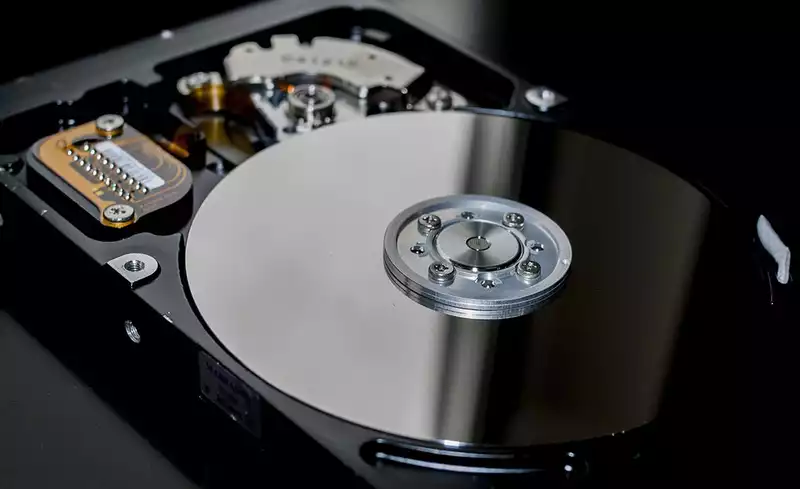That's right: the NVMe protocol, which enables ultra-fast read/write speeds for SSDs, will soon support "rotating media," or HDDs (hard drives). This means there will be less reason to stick with SATA in the future, although you will still be limited by the speed at which the arms inside the drive operate.
HDD support comes along with the new NVMe 2.0 specification (thanks to Anandtech), which includes many updates for more effective use and storage using SSDs in parallel with rotating platters. nVMe (Non-volatile Memory Express) is the bridge between the SSD and its host (in many cases, for us, the PC). It is the most common interface on modern SSDs in gaming PCs and is essentially a way for SSDs to take advantage of the speeds offered by the high-bandwidth PCIe bus.
Now, one might ask, why make it available on a rotating platter hard disk drive that cannot match the speed of a PCIe SSD? Realistically, HDDs won't suddenly ditch the SATA III connector for an awkward M.2 slot.
According to the NVM Express website, NVMe is targeted for "life after SATA" and one day NVMe will replace the completely outdated standard. Spinning platters are no longer the storage of choice for gaming consoles, but they are going nowhere as inexpensive, high-capacity storage, and if NVMe wants to replace SATA, a modern alternative to the SATA standard is a prerequisite, even for HDDs.
And HDDs are still getting faster, even by today's SSD standards.
"Since SATA 3.0 was ratified many years ago, CPU and NAND flash memory technology has advanced so dramatically that the SATA interface has become a bottleneck," a blog post on the NVMe website states. [While SATA has been ideal for driving SSD adoption in data centers, PCIe 4.0 NVMe SSDs for data centers deliver significantly higher performance and lower latency, eliminating the bottleneck between CPU and flash storage. In the future, SATA will be a thing of the past as future generations of performance-driven applications demand that organizations rethink their corporate and data center strategies.
The rest of the now-released NVMe 2.0 specification is primarily directly related to SSDs, some of which may also affect the gaming favorites. Most exciting is the new zoned storage device interface, which allows SSDs and hosts to jointly determine data placement for better performance and higher capacity.
All the features included in the NVMe 2.0 specification also maintain backward compatibility with previous generations, so you don't have to worry about getting covered in dust if you just upgraded to one of the best NVMe SSDs.


Comments